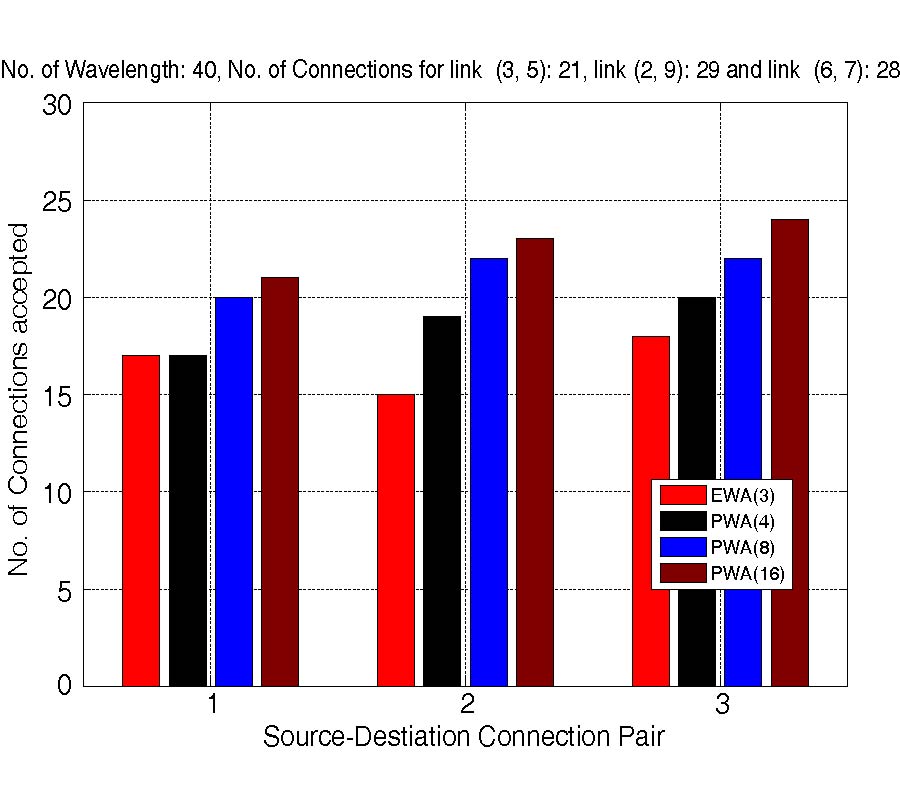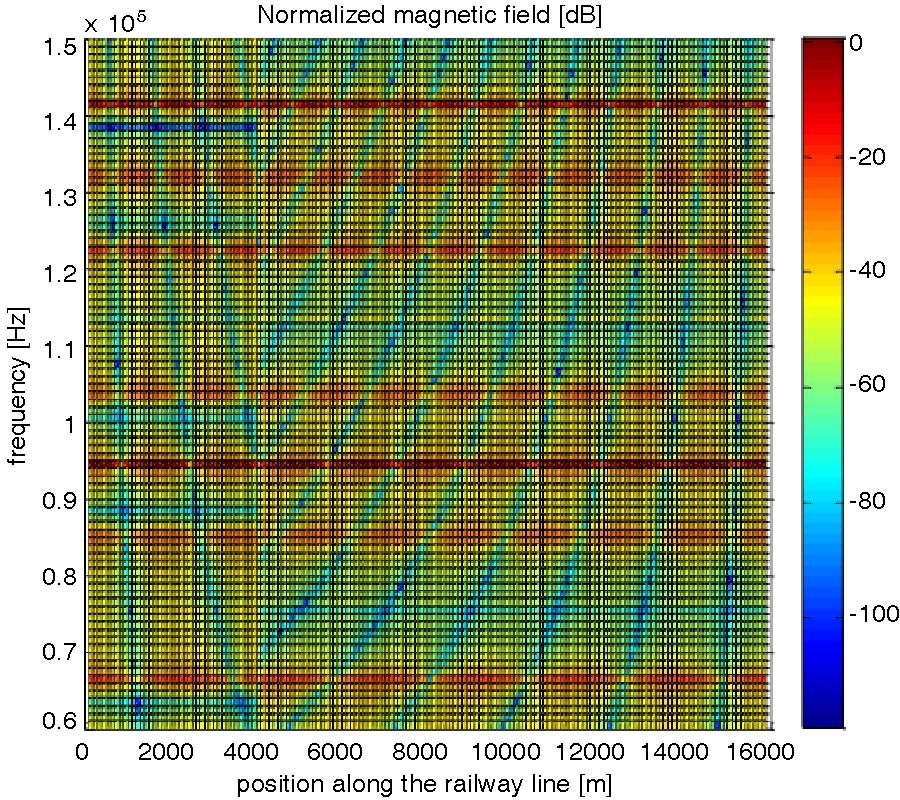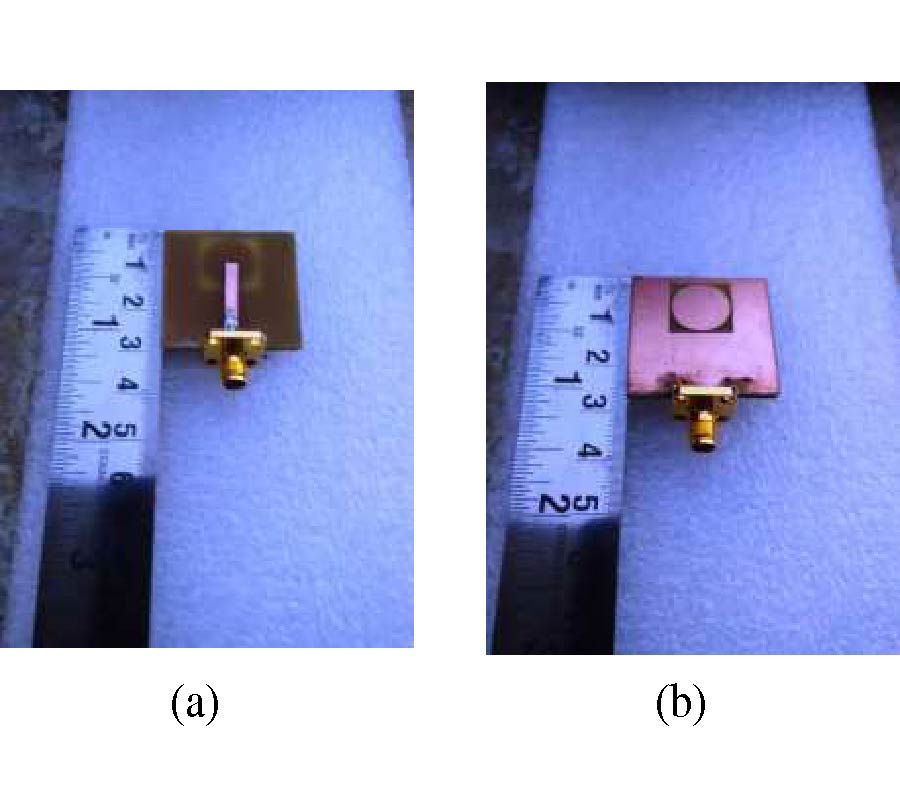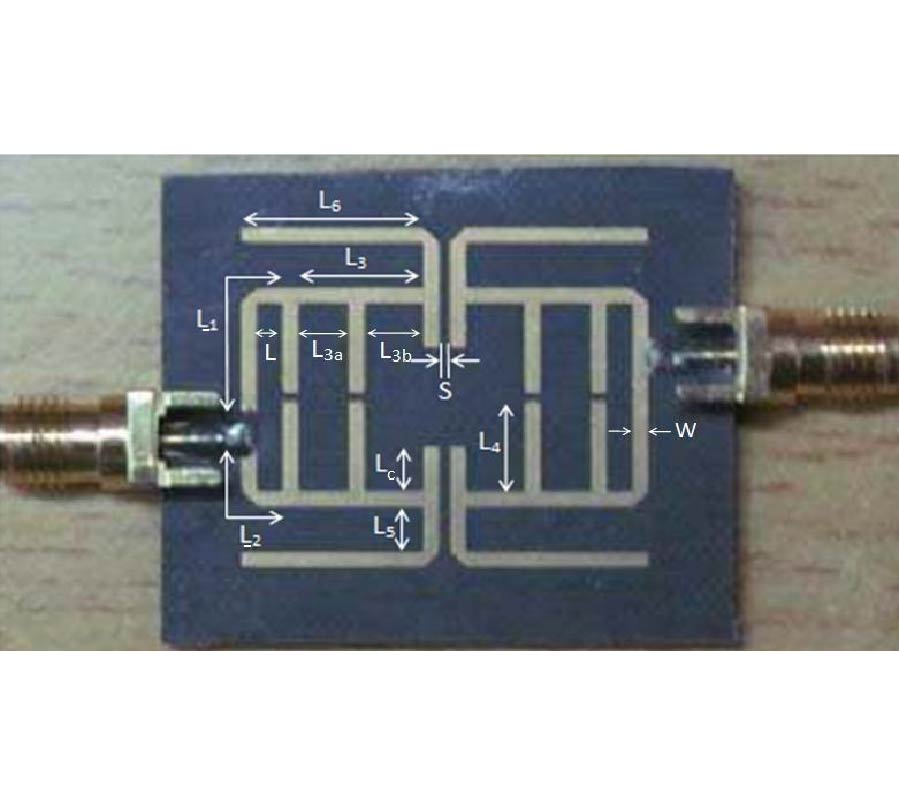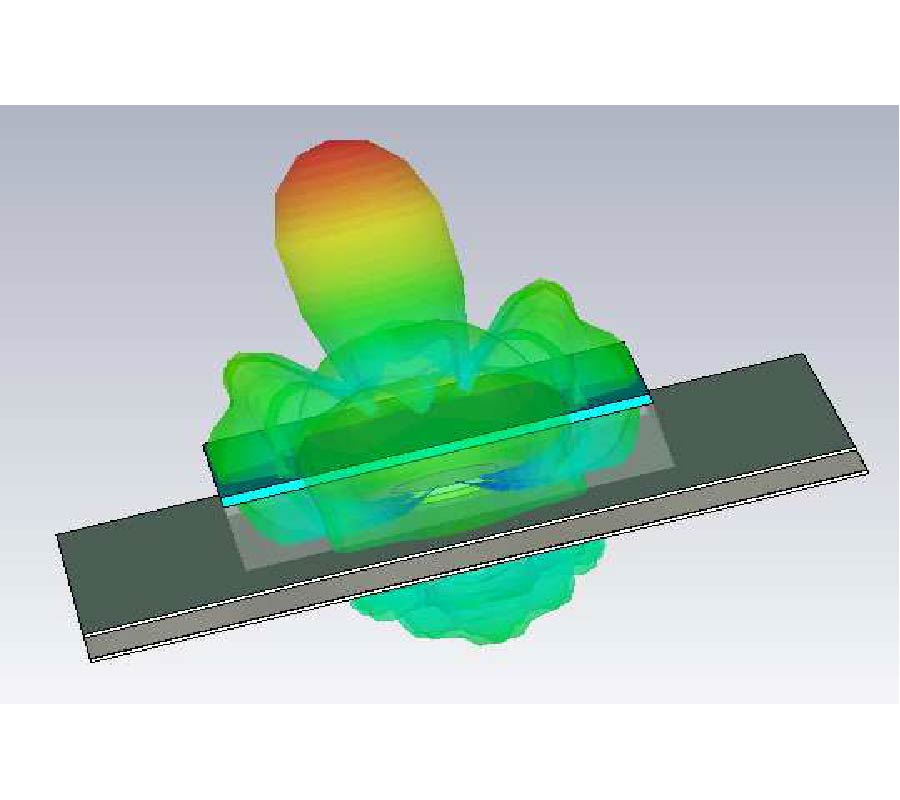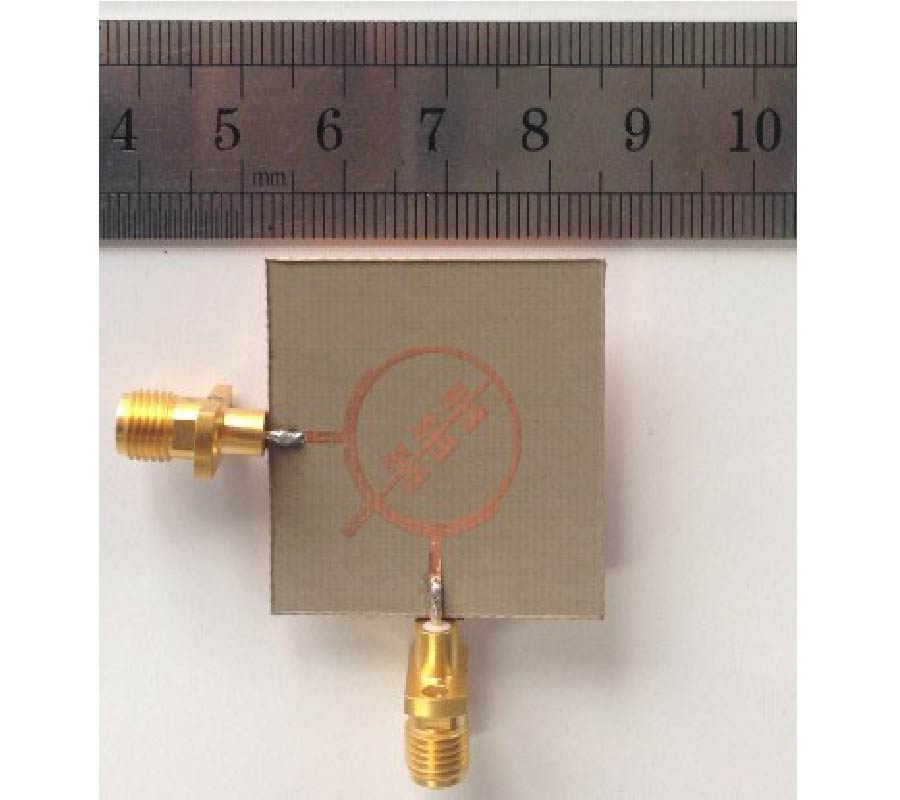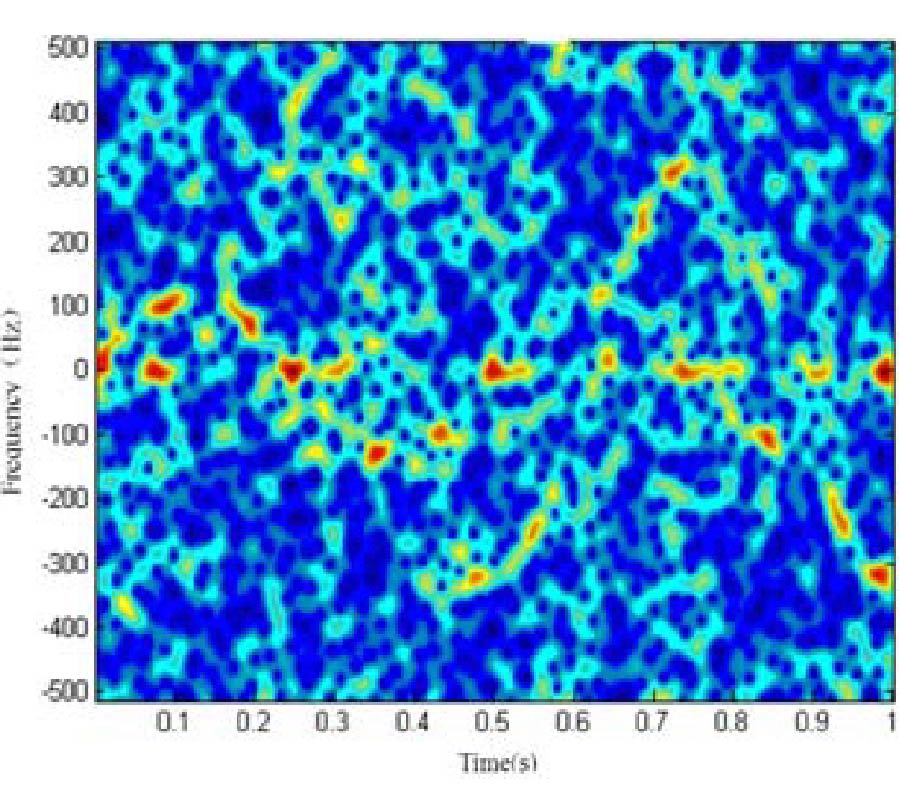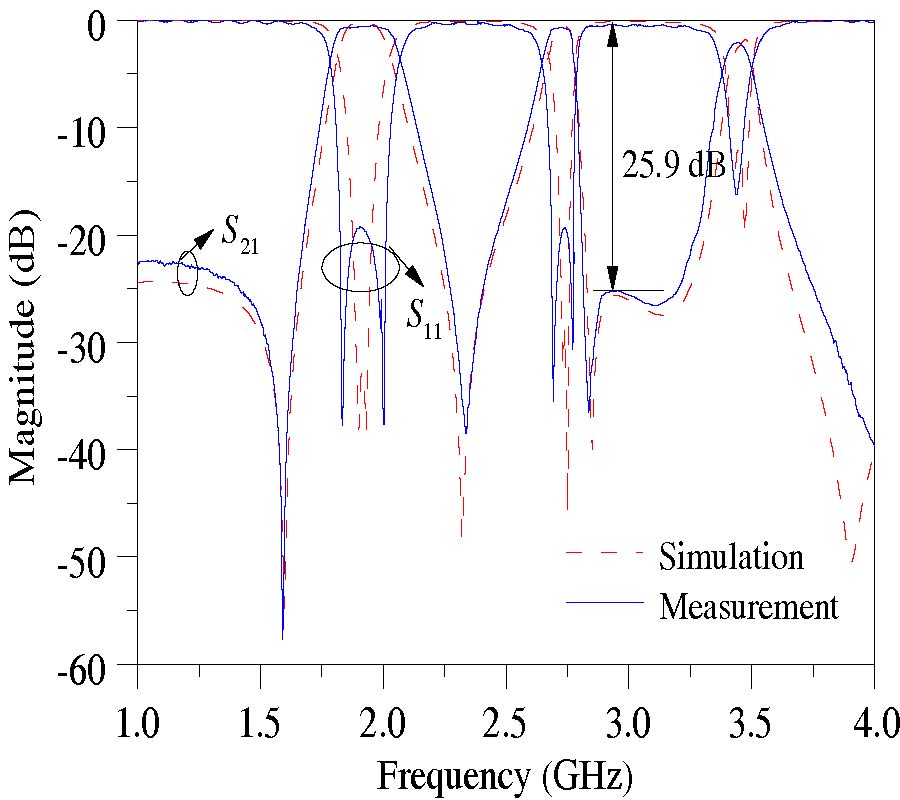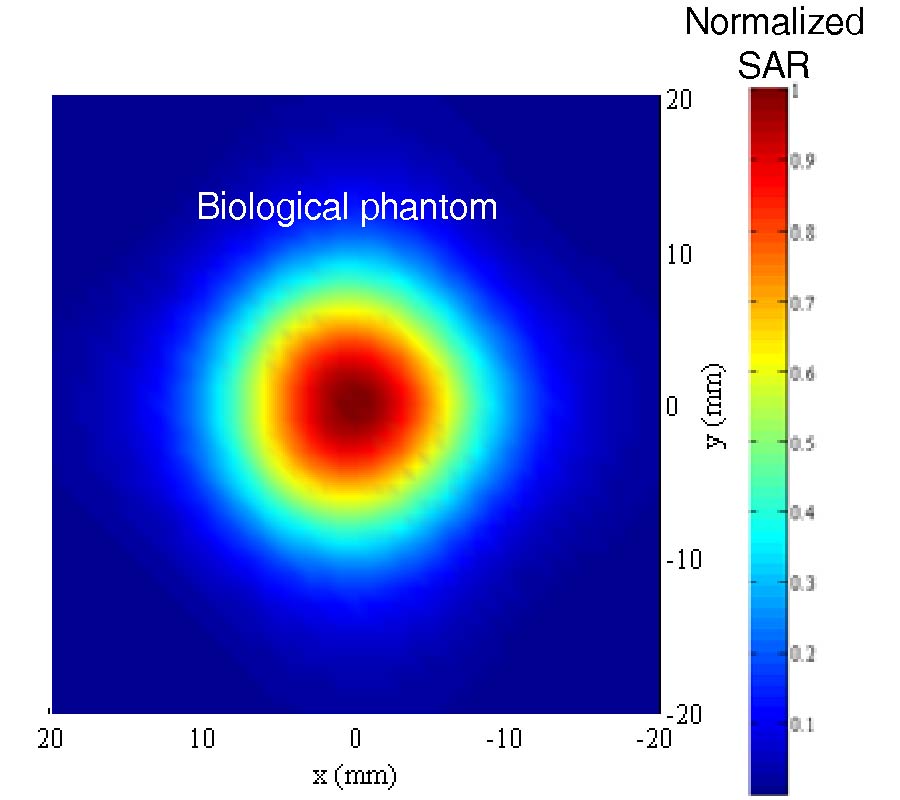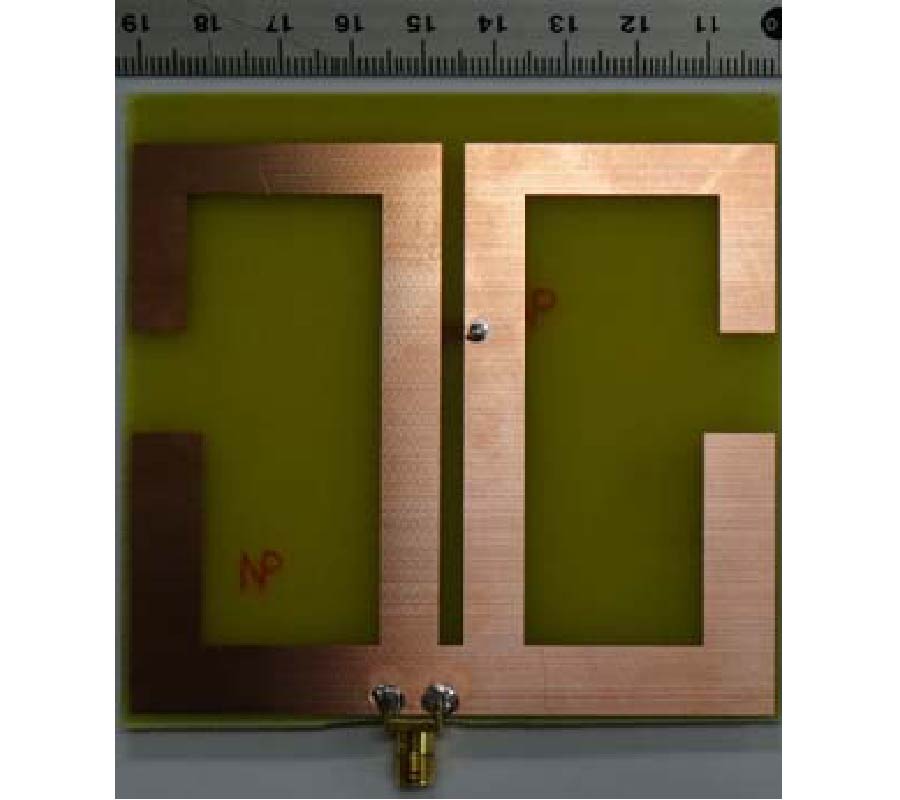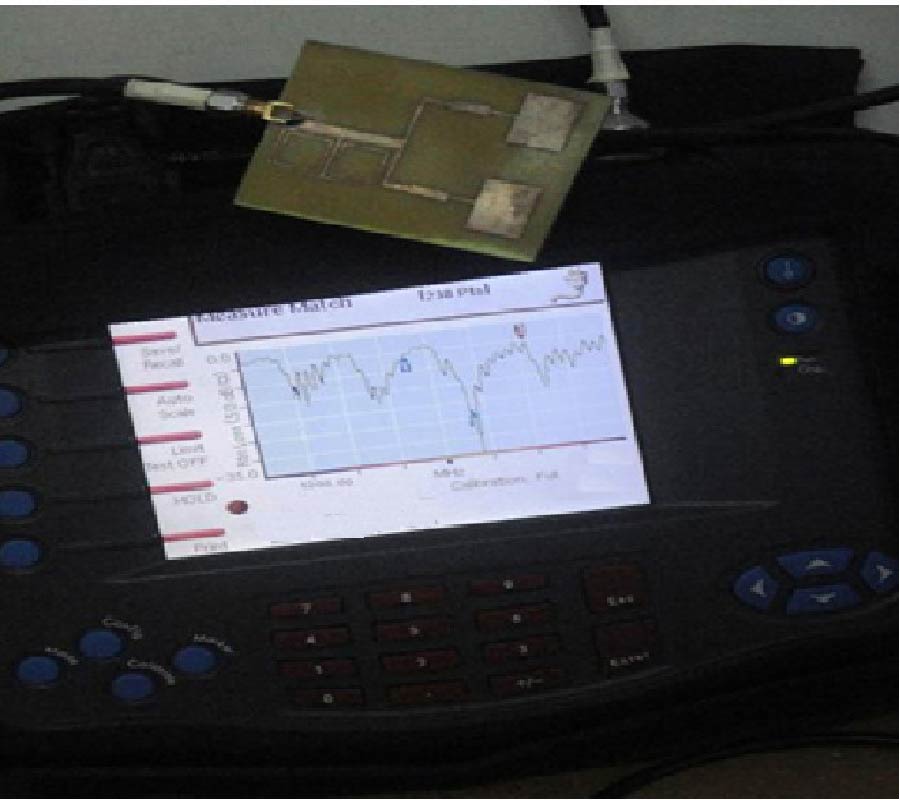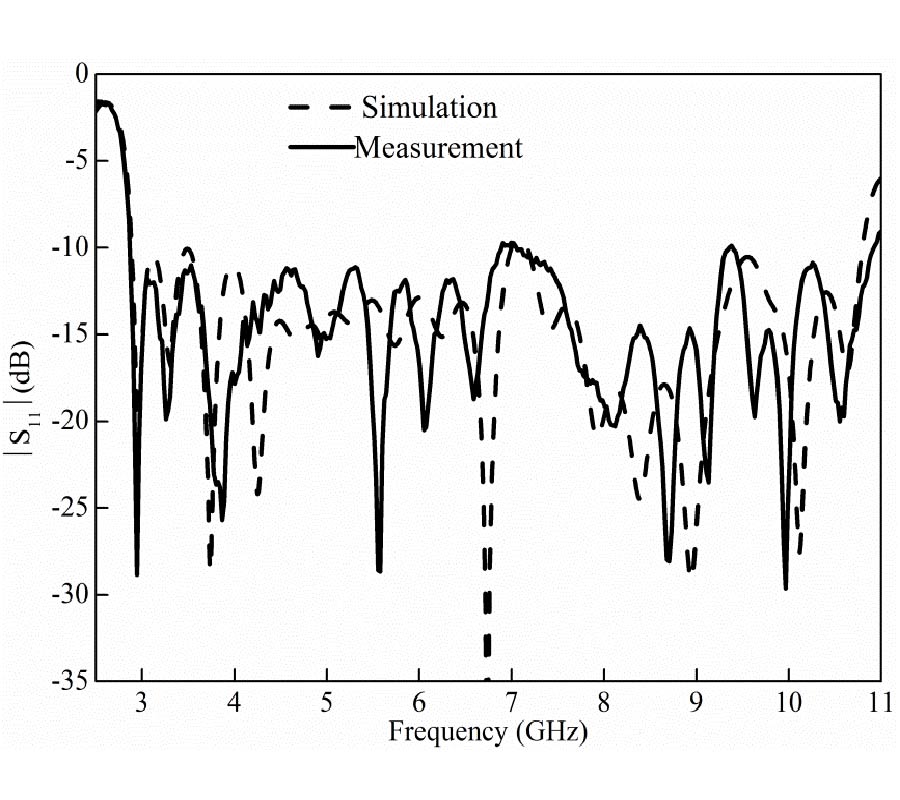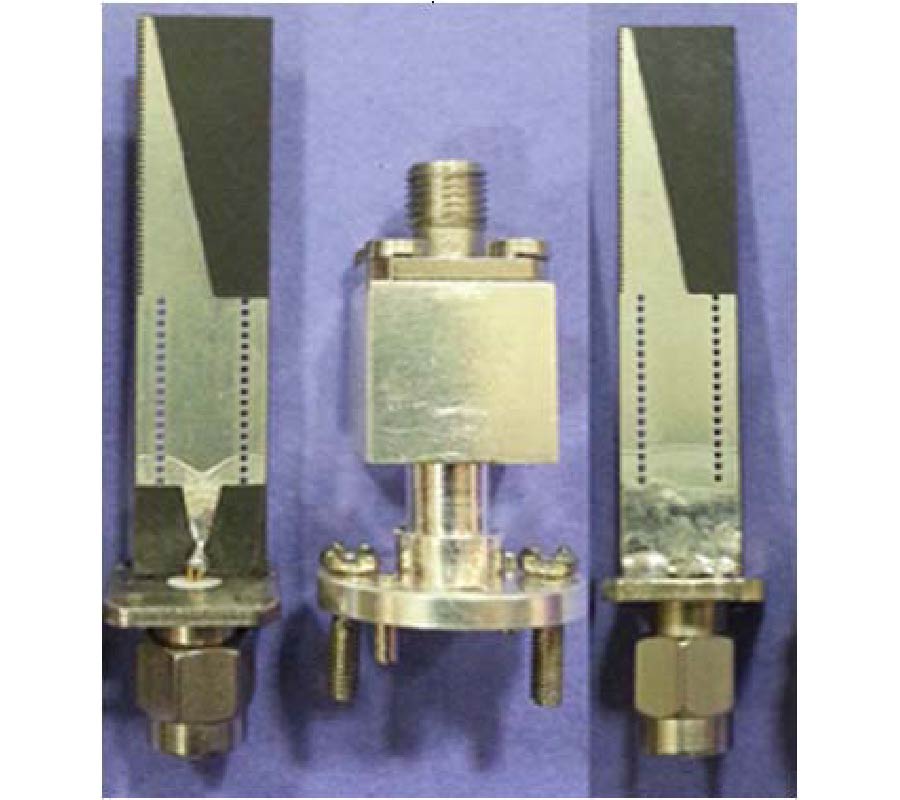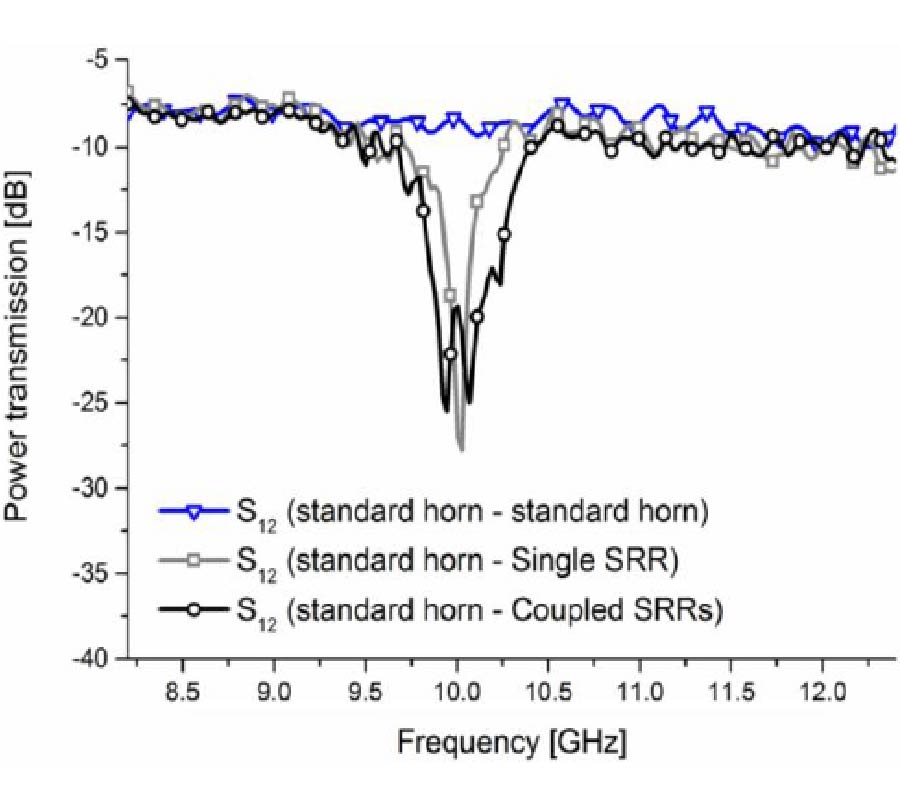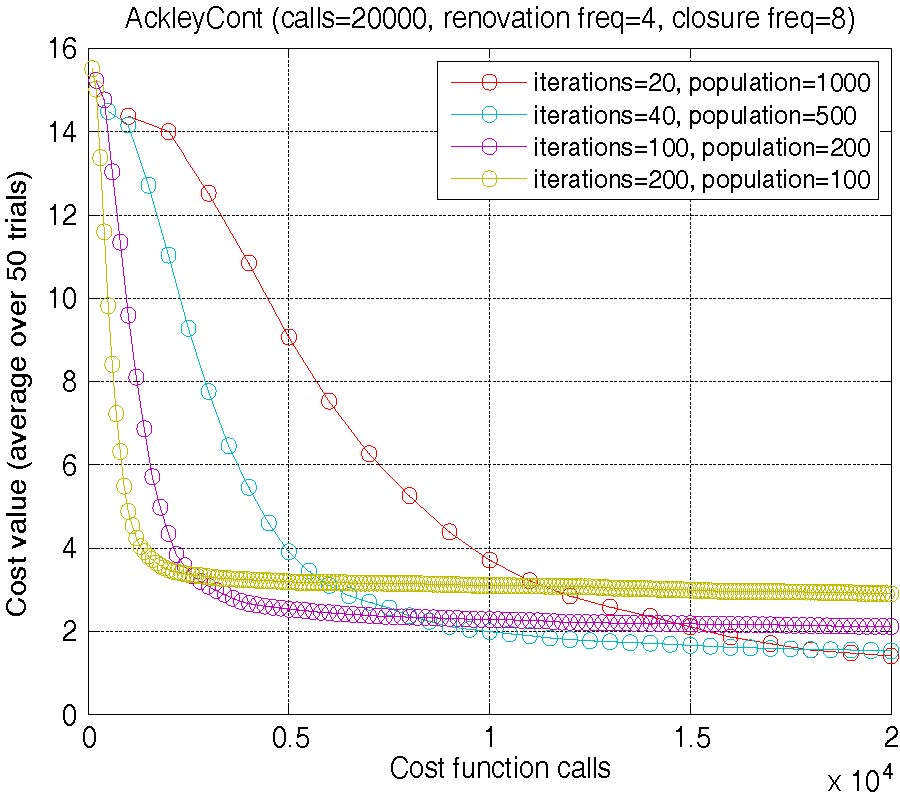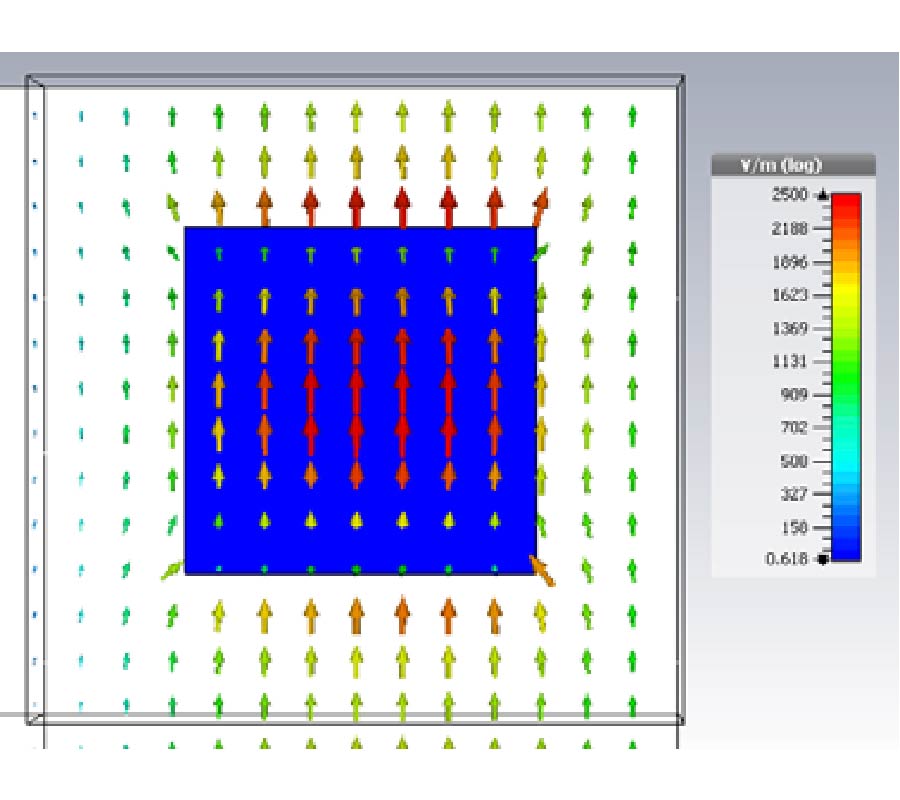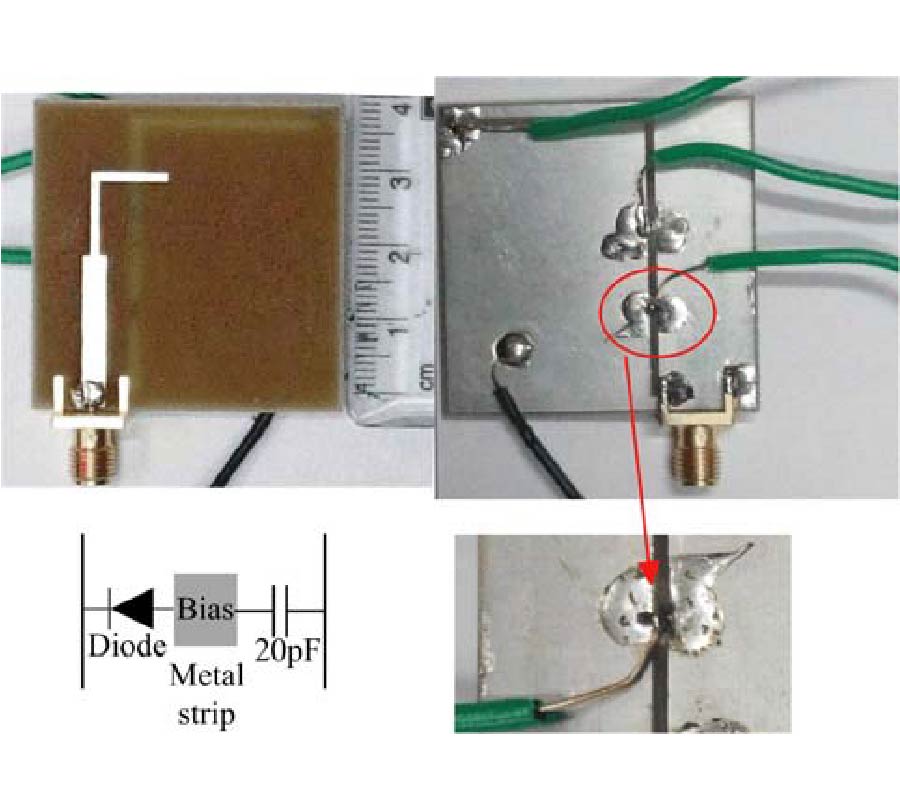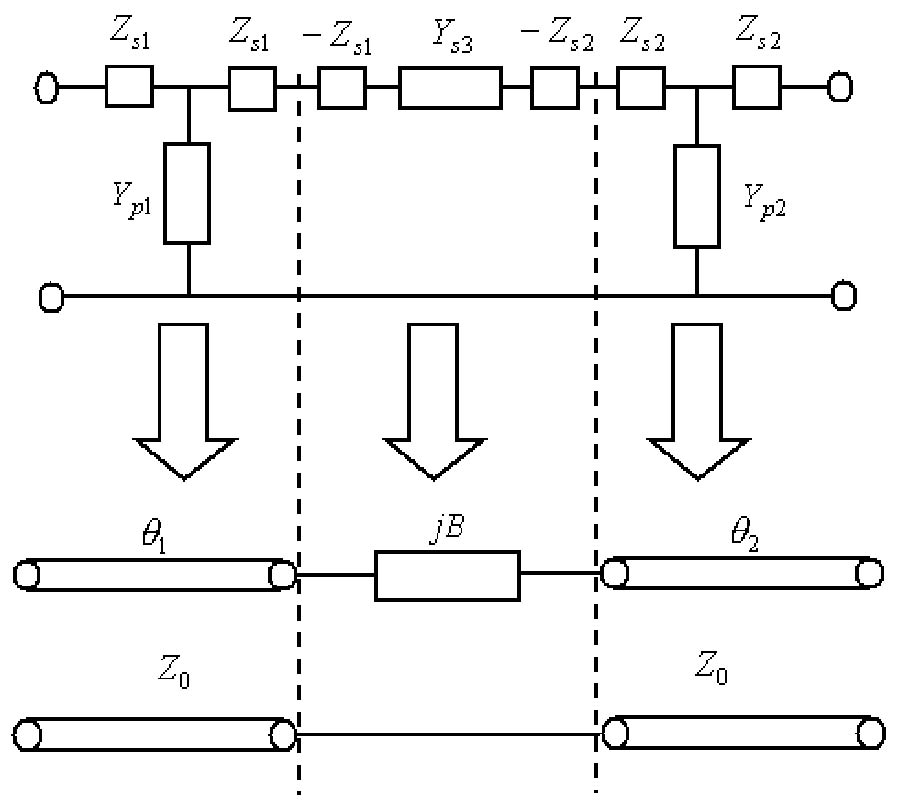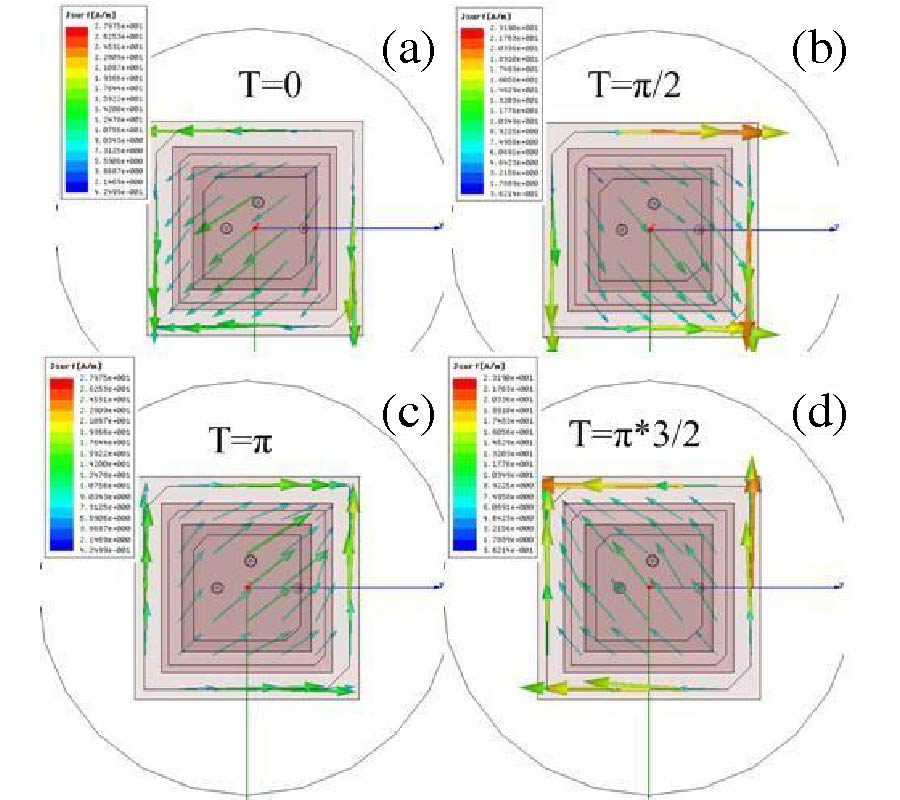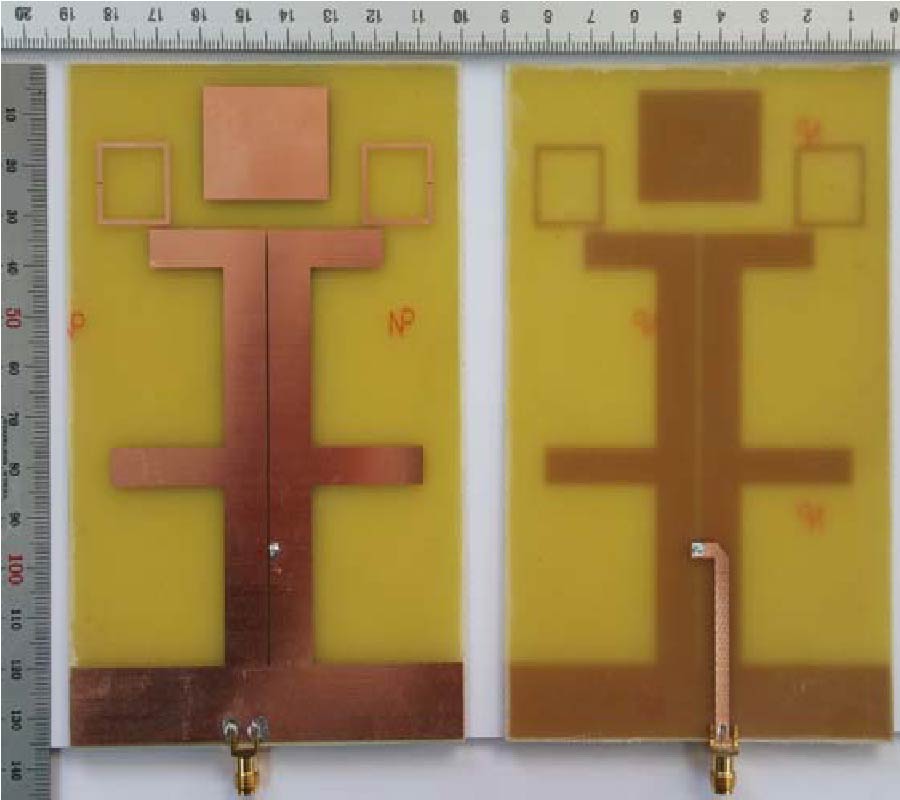Novel Transformation to Design Tri-Band Filters
Heba Ahdy Abdel Kareem,
Ayman Mohamed Elsayed El-Tager,
Fawzy Ibrahim and
Ismael Mohamed Hafez
This paper introduces novel derived transformation equations to design Tri-band filters. The design utilizes the approach adopted for tri-band bandpass filter design based on asymmetric half-wavelength resonator. The obtained optimized filter by this approach is used as a reference, and the proposed transformation is applied to calculate the new filter design hardware parameters that satisfy its given specifications. The reference tri-band filter is designed to have: insertion better than 1.3 dB and return loss less than -10 dB at the resonance frequencies 1.4 GHz, 4 GHz and 5.6 GHz for L-Band DAB, Radar (G-band) and Radar (C-band) applications, respectively. To verify the transformation technique two tri-band filters are designed. The first tri-band filter is for WVL, WiMAX and WiLAN while the second tri-band filter is for UMTS, WiLAN and X-band Satellite applications. The momentum simulations for these filters show that the resulting filters specifications are: the insertion loss is better than 1.3 dB and the return loss is less than -10 dB at the resonance frequencies 1.3 GHz, 3.6 and 5.7 GHz for the first one. While the insertion loss is better than 1.4 dB and the return loss is less than -10 dB at the resonance frequencies 1.9 GHz, 5.35 GHz and 8.25 GHz for the second filter, respectively. A set of prototype of the final design of the proposed filters with optimal parameters was fabricated for experimental verification. The RT 5880 substrate is utilized in this design All the results are obtained using circuit and momentum simulation of the Agilent Design Simulator (ADS) package and the performance characteristics have been measured using the Rohde & Schwarz ZVB20 vector 4 port network analyzer. Analysis and comparison of the obtained results show that all the simulated and the measured results agree well.
